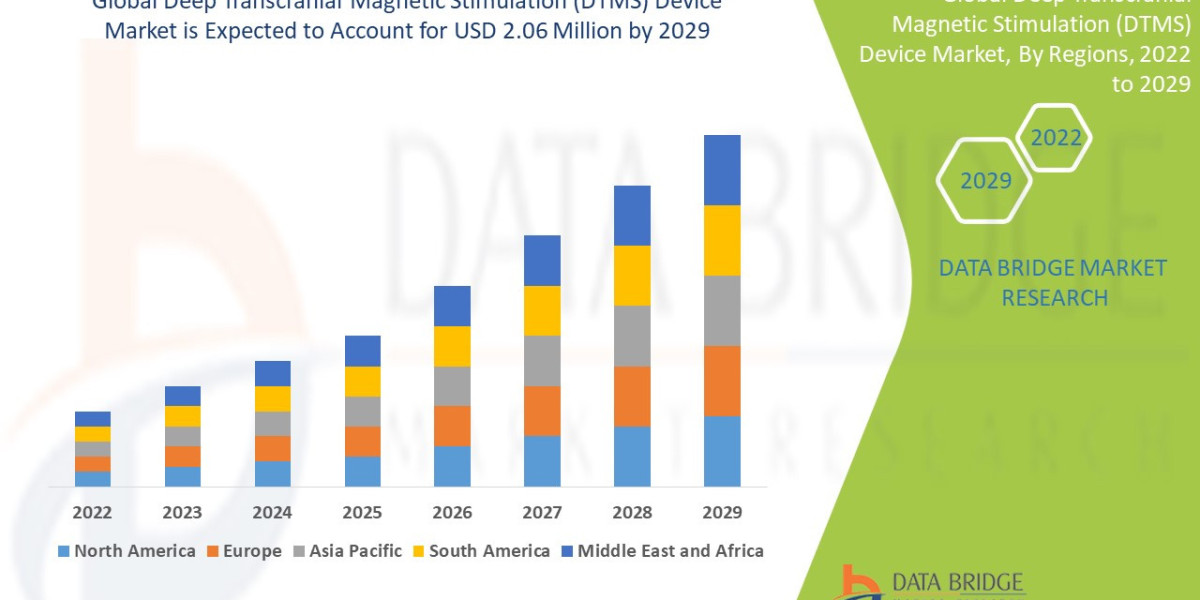Gas Insulated Substation Industry: Insights into the gas insulated substation industry, key players, and technological advancements.
The Gas Insulated Substation (GIS) industry is characterized by a strong presence of large, established multinational electrical engineering conglomerates that possess the necessary research, development, and manufacturing expertise for high-voltage power apparatus. The industry is highly specialized, requiring deep knowledge in dielectric physics, material science (for enclosures and seals), and precision manufacturing to ensure the integrity of the gas-tight, pressurized systems. This specialization results in significant barriers to entry for new competitors.
The industry's product structure is modular, allowing for flexible configuration and assembly of core components such as circuit breakers, disconnectors, earthing switches, busbars, and instrument transformers (CTs and PTs). The manufacturing process for these modules demands extreme cleanliness and quality control, as internal contaminants or leaks can severely compromise the insulating properties of the SF
6
gas and lead to catastrophic system failure. This necessity for high-tolerance, contaminant-free production reinforces the dominance of key players who have perfected these processes over decades.
A crucial characteristic of the GIS industry is its deeply intertwined relationship with power transmission and distribution utilities, which are the primary end-users. These utility customers have demanding specifications for system longevity (often 30+ years), seismic performance, and operational reliability. The sales cycle is typically long and complex, involving detailed engineering, design customization, and rigorous testing to meet regional and national grid codes. The industry thrives on capital expenditure cycles of utility companies for new infrastructure development and large-scale grid modernization and refurbishment projects.
The industry is currently undergoing a significant technological transformation driven by environmental regulations. Manufacturers are investing heavily in R&D to commercialize eco-friendly insulation solutions, moving away from pure SF
6
by developing gas mixtures or alternative gases (often referred to as g³ technology or similar proprietary blends). This innovation is not only a response to regulation but a key competitive differentiator, as it allows companies to offer a more sustainable product line, which is increasingly favored by public and private utilities with environmental mandates.
Furthermore, the integration of digital technologies is reshaping the operational aspects of the industry. New GIS systems are increasingly equipped with sophisticated sensors and Internet of Things (IoT) devices for continuous, real-time monitoring of critical parameters like gas pressure, temperature, partial discharge activity, and mechanical operation. This shift from time-based to condition-based maintenance is a major industry trend, promising to further reduce operational expenditure for end-users, optimize maintenance schedules, and improve overall system health and longevity. The industry is evolving from simply supplying static equipment to providing integrated, intelligent power management systems.
FAQ on Gas Insulated Substation Industry
1. What makes the GIS manufacturing process so specialized and challenging?
The process requires extremely high precision and stringent quality control because the components must be sealed in a gas-tight, contaminant-free environment to maintain the dielectric strength of the insulating gas and ensure the long-term reliability of the system.
2. How does the industry typically interact with its primary customers, the power utilities?
The interaction is typically characterized by long, complex sales cycles involving detailed collaboration on engineering and design customization to meet specific high-voltage, reliability, and seismic performance requirements set by national and regional grid codes.
3. What is the main non-environmental technological evolution currently shaping the GIS industry?
The main technological evolution is the digitalization and integration of smart grid capabilities, involving embedding sophisticated sensors and IoT devices for continuous, real-time condition monitoring, which facilitates a shift toward predictive and condition-based maintenance.














